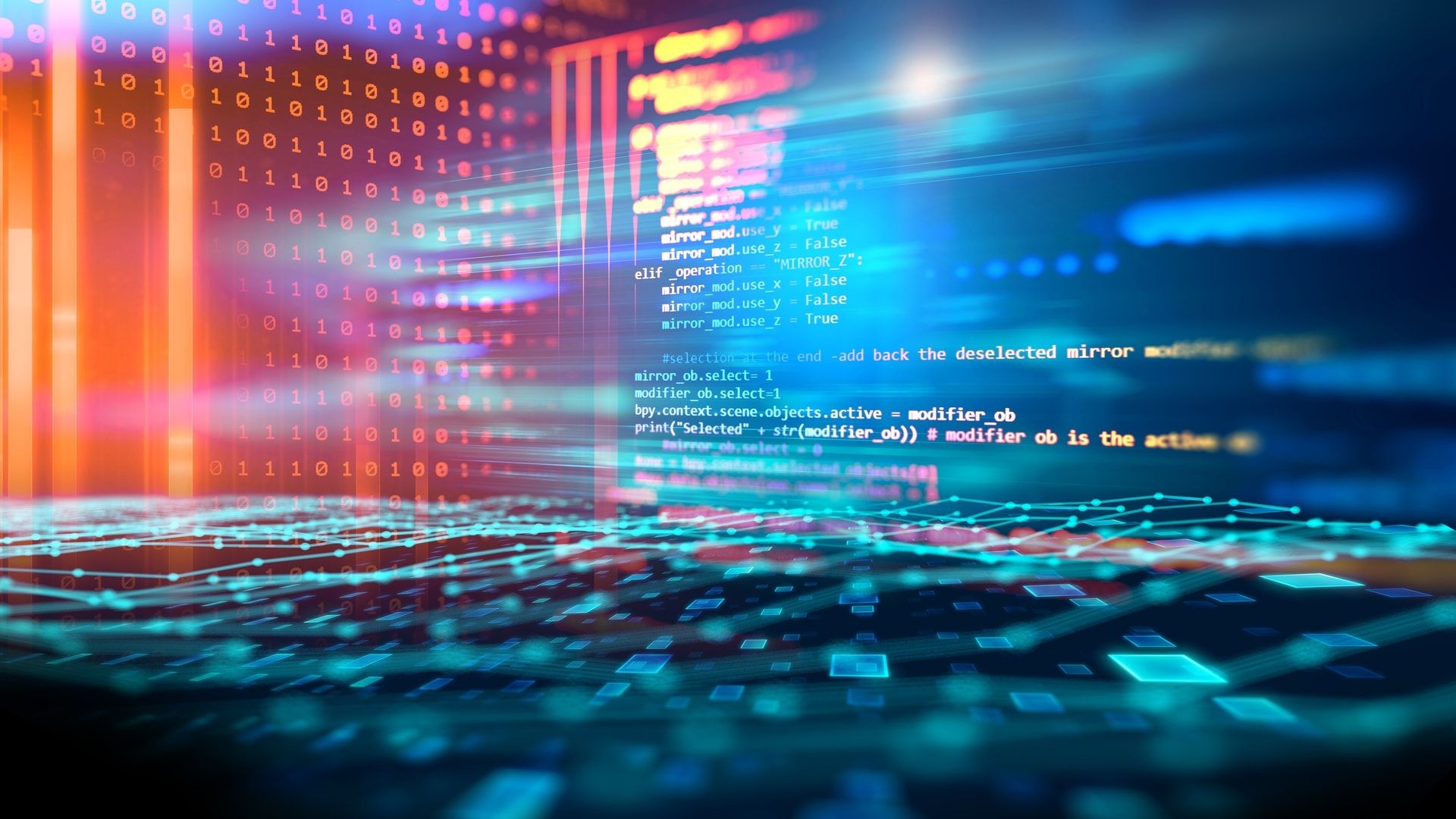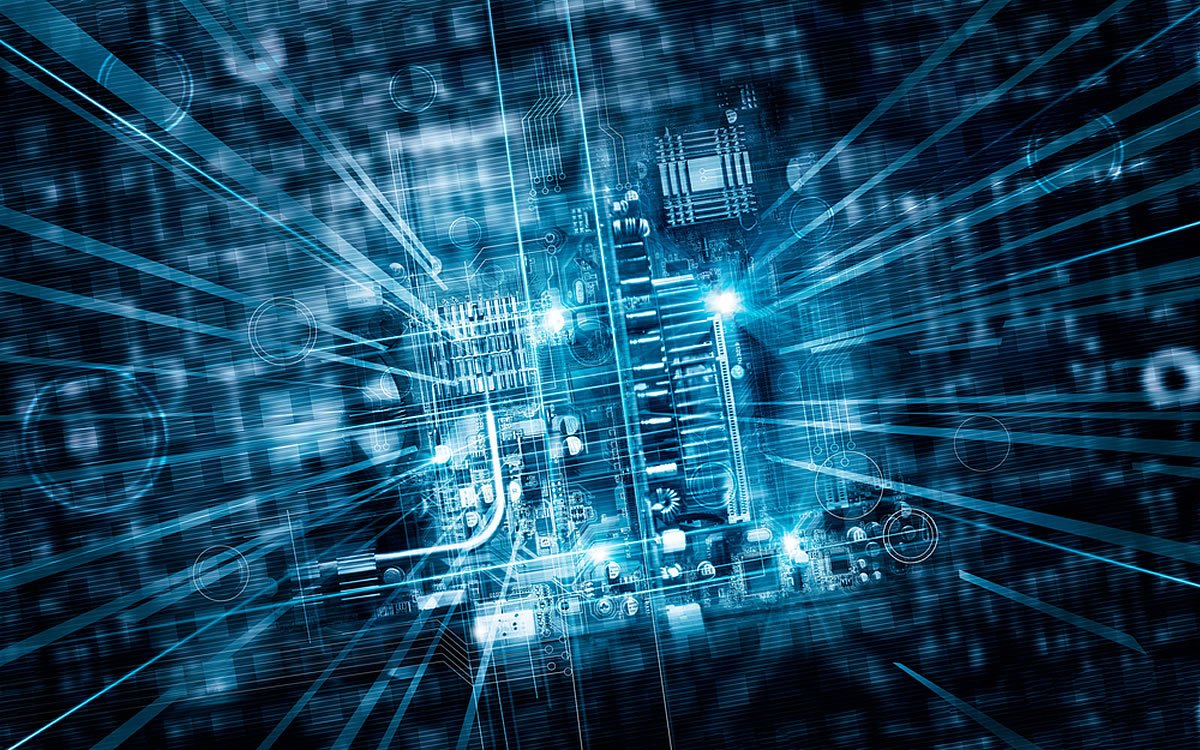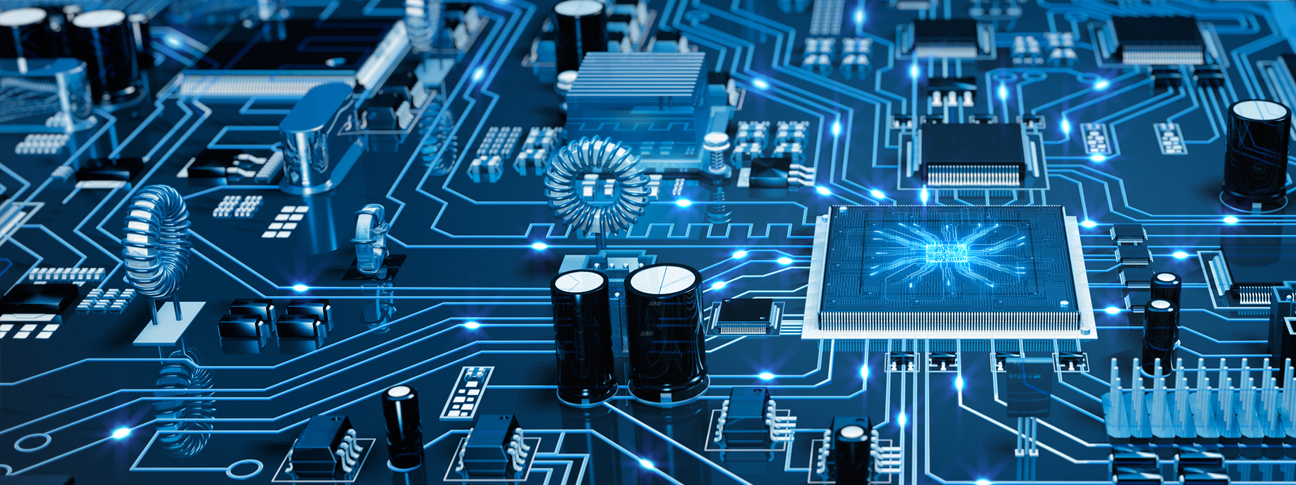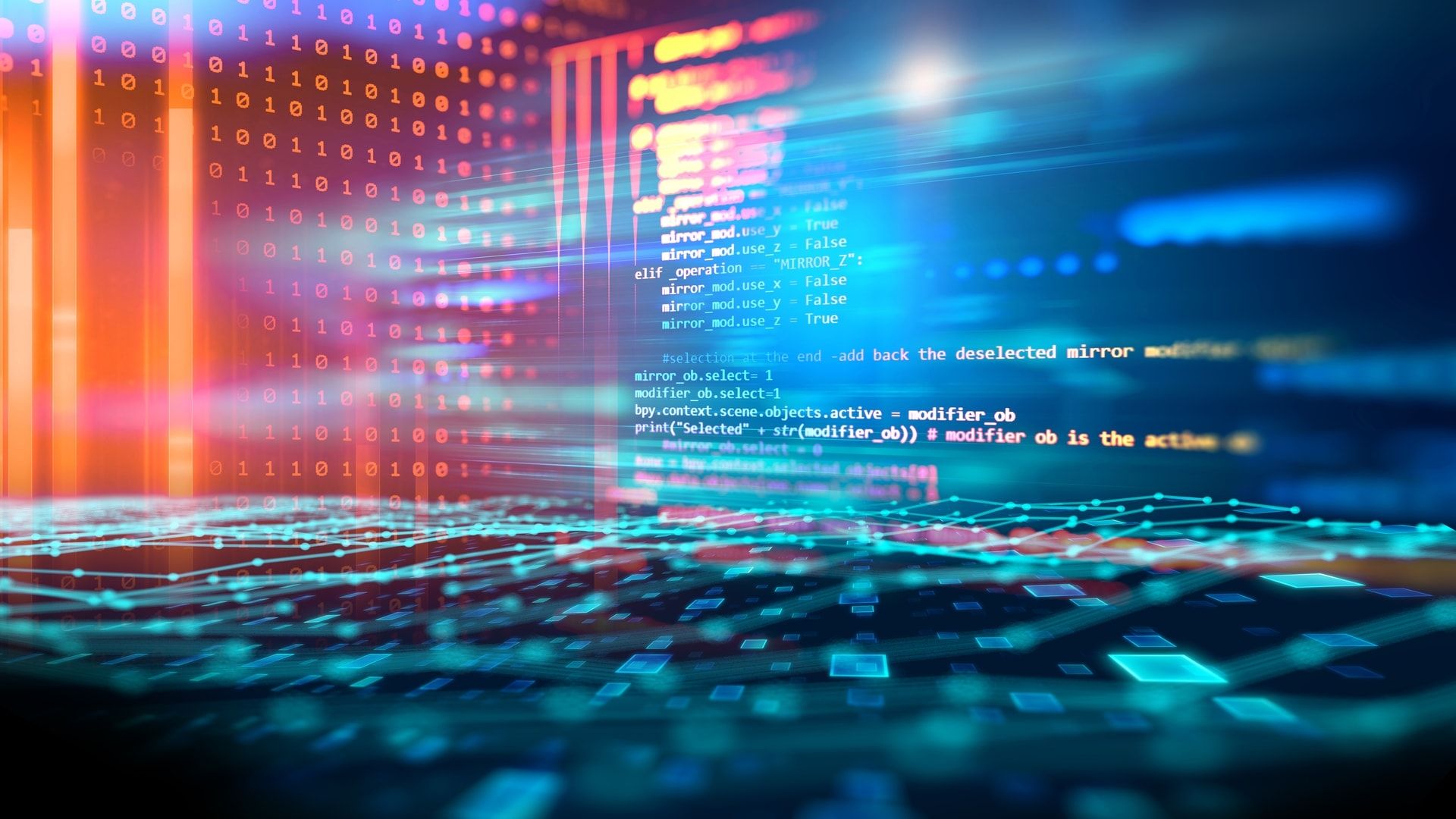Computing is an essential tool in today’s world. It has revolutionized the way we interact with technology, and it has made our lives easier and more efficient. From virtual desktop infrastructure to decentralized computing, the world of computing is continuously evolving. In this article, we will be discussing the benefits of virtual desktop infrastructure, the latest developments in computing, and how it is changing our world.
Benefits of Virtual Desktop Infrastructure (VDI)

Virtual Desktop Infrastructure (VDI) is a technology that enables users to access a desktop environment from a remote location. It provides a cost-effective and efficient way to provide computing services to a large number of users. Here are some of the benefits of VDI:
Reduce IT Costs
VDI enables organizations to save money on IT expenses. It eliminates the need for hardware upgrades, software installations, and maintenance. Instead, all of the computing resources are provided by a server located in a data center. This reduces the cost of purchasing and maintaining individual desktop computers.
Improved Security
VDI provides a secure computing environment by isolating the user’s desktop environment from the local machine. This ensures that sensitive data is not stored on the user’s local drive. It also enables IT departments to monitor and manage desktops centrally, reducing the risk of unauthorized access and data theft.
Increased Productivity
VDI provides users with a consistent and reliable computing experience regardless of their physical location. It enables users to access their desktop environment from any device with an internet connection, allowing them to work on their projects from anywhere in the world. This improves employee productivity and enhances collaboration among team members.
The Latest Developments in Computing

The world of computing is continually evolving, and there are several exciting developments in the field. From artificial intelligence to quantum computing, here are some of the latest developments in computing:
Artificial Intelligence (AI)
AI is the ability of machines to perform tasks that usually require human intelligence, such as perception, decision-making, and learning. AI has several applications, including image recognition, language translation, and speech recognition. The technology is already being used in industries such as healthcare, finance, and transportation, and it has the potential to transform many other sectors.
Quantum Computing
Quantum computing is a technology that uses quantum mechanical phenomena to perform calculations. It has the potential to revolutionize computing by solving problems that are impossible for classical computers. For example, quantum computers can perform calculations faster than classical computers, making them suitable for applications such as cryptography and drug discovery.
Cloud Computing

Cloud computing is a technology that enables users to access computing resources over the internet. Users can access servers, storage, and applications from any device with an internet connection. This technology has several advantages, including cost savings, scalability, and flexibility. It also enables remote work, as users can access their work environments from anywhere in the world.
How Computing is Changing Our World

Computing is changing our world in several ways. From improving healthcare to making our cities smarter, here are some of the ways computing is Changing our world:
Healthcare
Computing has transformed healthcare by improving patient outcomes and reducing healthcare costs. Electronic health records have made it easier to store and access patient data, allowing healthcare providers to make better-informed decisions. Telemedicine has also enabled patients to receive care remotely, improving access to healthcare and reducing costs.
Smart Cities
Computing has made our cities smarter by enabling the use of technology to enhance public services. Smart traffic lights, for example, can use machine learning algorithms to analyze traffic patterns and optimize traffic flow. Smart waste management systems can also monitor and manage waste collection more efficiently.
FAQs
What is Cloud Computing?
Cloud computing is a technology that enables users to access computing resources over the internet. Users can access servers, storage, and applications from any device with an internet connection. This technology has several advantages, including cost savings, scalability, and flexibility. It also enables remote work as users can access their work environments from anywhere in the world.
What is the difference between AI and machine learning?
AI is the ability of machines to perform tasks that usually require human intelligence, such as perception, decision-making, and learning. Machine learning is a subset of AI that enables machines to learn from experience and improve their performance over time. Machine learning algorithms can identify patterns in data and apply that knowledge to make predictions or decisions.
Video: Introduction to Computing
In conclusion, computing is an essential tool that is transforming our world. VDI, AI, quantum computing, and cloud computing are just a few of the technologies that are changing the way we live and work. From improving healthcare to making our cities smarter, the potential applications of computing are vast, and we are only scratching the surface of what is possible. As we continue to advance in computing, we can expect to see further breakthroughs that will change our world in ways that we cannot yet imagine.
If you are looking for What Is Generalized Computing? – Tech Trends Today you’ve came to the right web. We have 5 Pictures about What Is Generalized Computing? – Tech Trends Today like Computing Department – St Ninian's High School and also Computing | Buckinghamshire New University. Here you go:





Computing | Buckinghamshire New University
Technology has had a crucial role in modern commerce. Especially in today’s digital age, technology has made shopping easier, more convenient, and efficient. One of the largest technology companies that has revolutionized the world of commerce is Amazon. In this article, we will explore three key pillars of Amazon’s technological innovations and provide you with a link to begin shopping on their website.
Purchase Link: Amazon.com
1. Easy-to-use Platform and Applications
One of the essential pillars of Amazon’s technology is its easy-to-use platform and applications. Amazon provides convenient applications for different devices, such as desktops, laptops, tablets, and smartphones. Users can easily and conveniently buy items from anywhere and at any time. Amazon additionally offers various search and product filtering features that make it easy for users to locate the products they want.
Purchase Link: Amazon.com
2. Safety and Data Protection
The second critical pillar of technology for Amazon is safety and data privacy. Amazon ensures the safety of user information and purchase transactions. Users can buy products safely and with confidence on Amazon because they provide various secure transaction methods, such as credit cards, debit cards, and other transaction methods.
Purchase Link: Amazon.com
3. Efficient Logistics
Amazon also has a strong pillar of technology in terms of efficient logistics. Amazon offers various shipping options, including free shipping for Prime customers. Amazon has warehouses and fulfillment centers worldwide, which enables them to deliver items quickly and effectively. Customers can effortlessly monitor their product deliveries through the Amazon application.
Purchase Link: Amazon.com
In conclusion, Amazon is an real instance of how advanced technology has revolutionized the world of commerce. With an easy-to-use interface and applications, good safety and data privacy, and efficient logistics, Amazon has helped thousands of users to shop online effortlessly and comfortably. Do not hesitate to begin buying on Amazon and enjoy the benefits of technology in online purchasing.
Purchase Link: Amazon.com